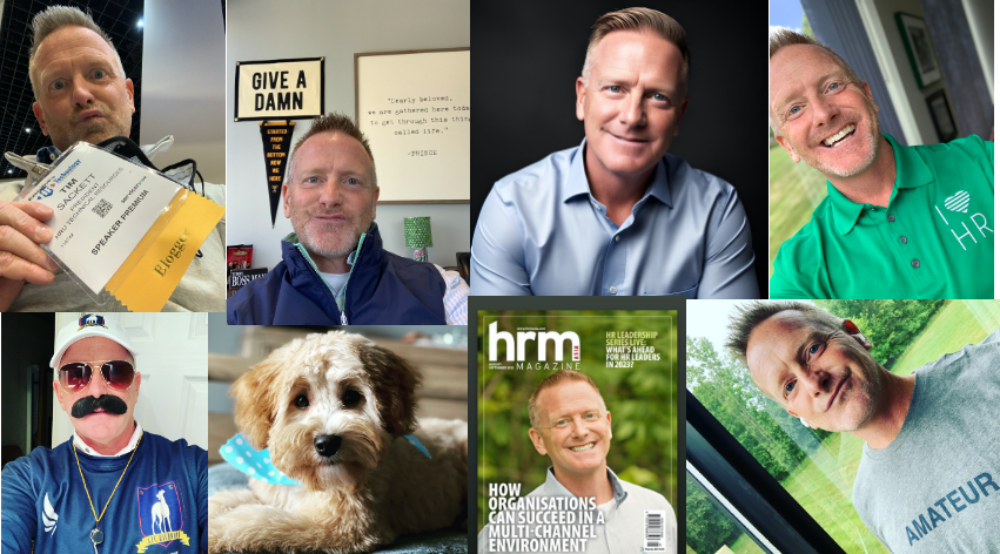Politics are ruining my friendships. Look, I don’t really want to know what you care about, because most of us care about crazy shit that others don’t understand, or can’t understand. You getting me to understand your crazy, probably isn’t a good thing!
I have true friends who are pro-life. I love these friends. I don’t understand how they can’t understand my pro-choice stance, but they don’t. They can’t understand how I can be a baby killer. I’m not, but we all have our positions. We’ve been able to have a great friendship in spite of this one difference.
Maybe there should be a difference of belief scoreboard. Only having one difference of belief is fine, we can still be close friends, even two or three. Once you get to four, you begin to be a person I don’t want to hang with. Once you get to six, maybe you turn into a horrible person I would rather see dead. I’m not quite sure at the math, but I’m sure we could come up with a system.
I want to be friends with all kinds of people, but recently it seems like all kinds of people don’t want to be friends with me because I don’t believe in their crazy, to the exact specifications they want me to believe. I see their points. I respect their points. But, I’m not flying their flag. So, apparently, that makes me part of the evil empire.
I like puppies. I fly that flag, for sure! I love babies. All babies. White, brown, yellow, any color baby is alright with me. I’m definitely pro puppy and pro baby. I like gin and tonics. Marry whomever you please, I support that. Single moms, I was raised by one, that’s the toughest gig on the planet. I’m not a church-goer, but I’m not an Athiest. I like the Spartans, probably too much. I like money. I hate giving money to people who don’t deserve it or appreciate it. I’m definitely, pro-money. I like helping people. I try and do that as much as I can.
I’m not a ‘them’. I’m also not an ‘us’. I’m more of a ‘we’.
Both the Democrats and Republicans are extremely happy we are all going ‘us’ and ‘them’. By doing this we keep both parties in power. The last thing they want is that we become a ‘we’. The establishment has ‘us’ exactly where they like to have us. Against each other. That gives them the most power. If we find a middle ‘we’, you’ll really see some shit happen!
The reality is, our current government is fine with the other party winning. All that does is give their own party more power for the next four years. Until they come back into power. Then the cycle repeats. Don’t you think if one side had it ‘right’, I mean really ‘right’, they would keep winning each year? But neither do. So, we yo-yo back and forth. Feeling passion one cycle, beat down the next, on top again the next.
Morals matter, well about once every four years, then we go back to forgetting morals matter. Walking by homeless like they’re not there. Laughing a comics tell crude jokes but she’s a woman so it’s okay to say those things. Letting our government drop tens of thousands of drone-bombs on people different from us, killing anyone in our way of a $1.99 gallon of gas.
I know this sounds naive, but I just want my friends back. I want to be able to have a conversation that isn’t filled with hatred and absolutes. I didn’t vote for him because he’s a bad person. I didn’t vote for her because she was an awful liar. I voted for someone I thought was different than the establishment because I truly want a change that benefits us all.
I’m stuck in the middle right now wanting to be a “we”, but surrounded by “us’s” and “them’s”.
